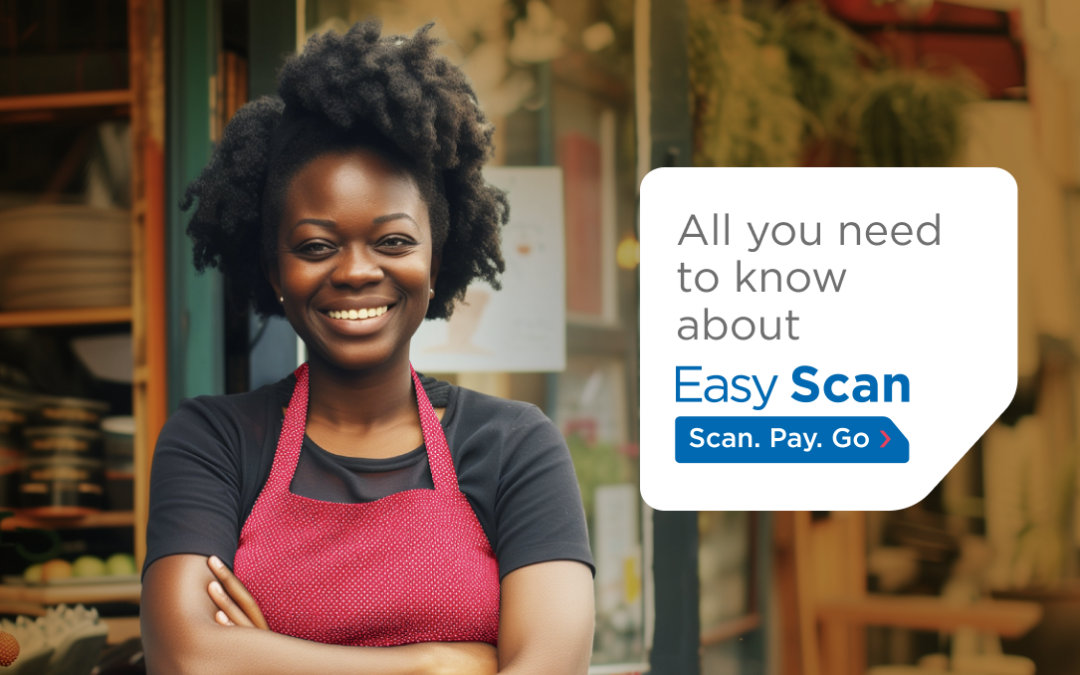Covid-19 has had a dramatic impact on how individuals go about their everyday lives. With digital classrooms, Zoom happy hours, online meeting rooms, on-screen gyms, and meal deliveries, people are moving online to meet their needs for social and practical purposes. The pandemic has effectively accelerated the adoption of online services, solidifying our places in a digital world.
With restrictions around travel, driving, and interacting with others, online services were a game changer, allowing people to access all they needed while still remaining safely at home. So, it should come as no surprise that the payment industry saw a dramatic shift during this time. In this article, we’ll look at some of the impacts Covid-19 had on payment trends.
Contactless Payments
With restrictions around interactions with others, distancing, and general concerns about hygiene and hand washing, tap-to-pay (or tap-and-go) payments saw a dramatic rise – according to Visa, these payments increased 150% in March 2020 compared to one year prior. Contactless payments enabled consumers to pay quickly without handing their card over to another person, leading to an increased sense of safety and security.
eWallets and Mobile Banking
Another contributor to contactless payments are NFC-enabled phones and eWallets stored within apps. eWallets also allow customers to tap-and-go. These wallets also eliminate the need for cash or carrying cards, storing all information in a single, secure place.
Mobile banking has also seen a rise, with more people relying on mobile apps and online portals to track and manage their finances, and even pay bills. Banks who previously did not have comprehensive online services have integrated more functionality into online access to make it easier than ever for people to pay utility bills, buy airtime, receive payments, and transfer funds.
B2B Payments
This shift also affected the B2B – business to business – segments. Traditionally, invoices may have been sent via mail to Accounts Payable, and paid via printed checks. In these days of distancing and non-traditional work environments, this entire process has been embraced as a digitized workflow. Digital invoices are sent and can be paid through online payment options, eliminating steps (not to mention, saving paper and resources).
Conclusion
Already a steady trend, digital payments have seen a huge increase in adoption globally in the past year. This trend is not expected to slow down, with survey respondents from around the world stating that they have grown accustomed to (and feel safe with) making payments online for a variety of purposes. Ensuring you have a payment processor (PSP) such as DPO that can securely accept payments, protect you from fraud, help you to sell online, and help to streamline your business relations is the only way forward.





